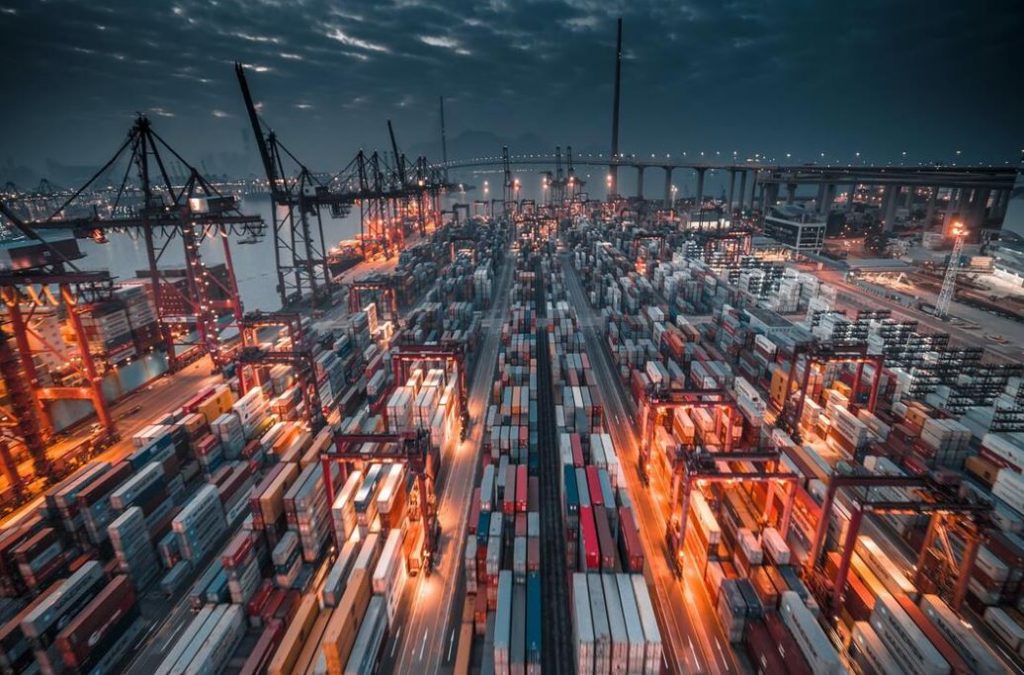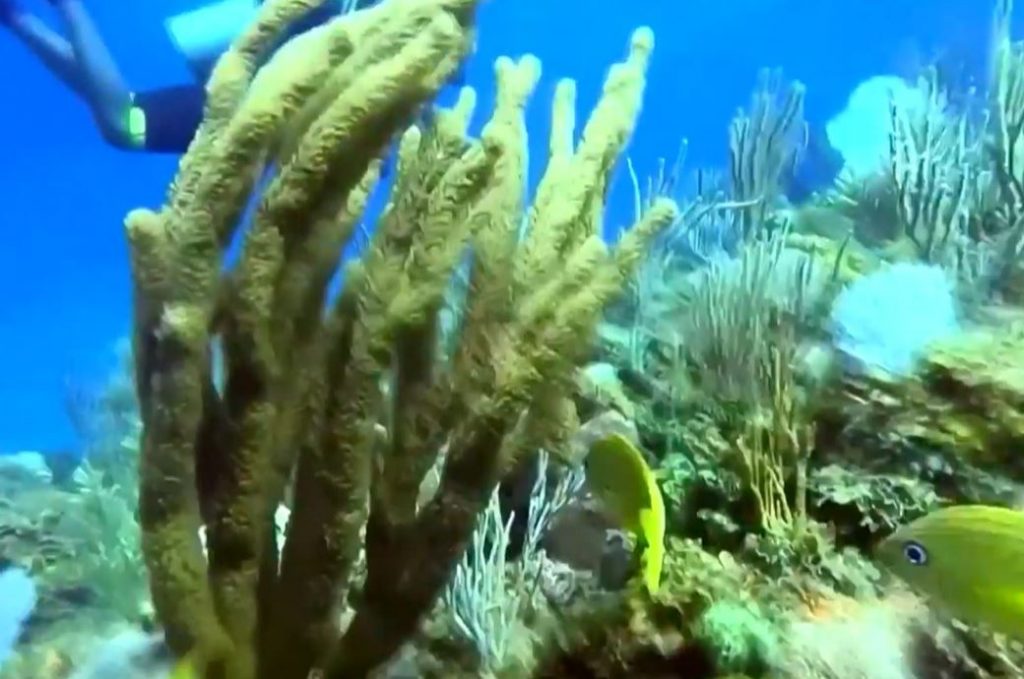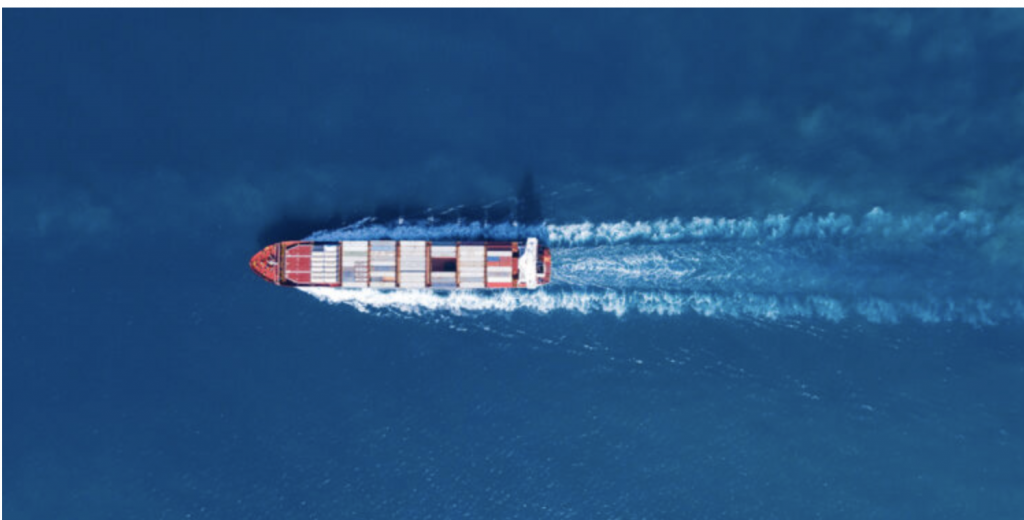
A Safety4Sea speaks about the key highlights involving IMO Ship Systems and Equipment 9.
IMO Ship Systems and Equipment Sub-Committee
The IMO Ship Systems and Equipment Sub-Committee (SSE) Session 9, that took place from 27 February – 3 March 2023, discussed the technical and operational requirements for systems and safety equipment on ships.
Lloyd’s Register has issued a summary Report that includes an executive summary for those requiring a general overview, but also more technical information for those who would like more detail on the discussions that took place.
Key outcomes from SSE 9 include:
- Finalisation of the draft International Code of Safety for Diving Operations, (Diving Code).
- Extension of the new requirements for the ventilation of totally enclosed lifeboats to partially enclosed lifeboats and liferafts was not agreed, instead being referred to SSE 10 for further discussion.
- Finalisation of the draft amendments to the LSA Code and resolution MSC.81(70) to address the in-water performance of SOLAS lifejackets, which is expected to enter into force 1 January 2026.
SSE 9 considered if there is compelling evidence to extend the requirements for the ventilation of totally enclosed lifeboats to partially-enclosed lifeboats and liferafts but could not agree and has deferred the decision until SSE 10 (March 2024).
Clients should note that amendments to the Life-Saving Appliances (LSA) Code and the Revised recommendation on testing of life-saving appliances (resolution MSC.81(70)) on new requirements for the ventilation of survival craft) were approved by MSC 106 for totally enclosed lifeboats only. These amendments are expected to enter into force 1 January 2026.
Draft amendments to the LSA Code and resolution
SSE 9 finalised the draft amendments to the LSA Code and resolution MSC.81(70)regarding the testing of lifejackets to address the in-water performance of SOLAS lifejackets. The draft amendments are expected to enter into force 1 January 2026.
SSE 9 agreed to expand the work on the use of fire-fighting foams containing perfluorooctane sulfonic acid (PFOS) to include other fluorinated foams, and as such, it will remain on the agenda for SSE 10. Clients should note that MSC 106 approved amendments to SOLAS chapter II-2, the 1994 HSC Code and the 2000 HSC Code to prohibit the use of fire-fighting foams containing perfluorooctane
sulfonic acid (PFOS). The amendments are expected to enter into force 1 January 2026 and will apply to both fixed and portable systems.
SSE 9 finalised the amendments to SOLAS regulation II-2/7.5.5, together with the associated draft MSC resolution addressing fire protection of control stations and cargo control rooms on cargo ships for submission to MSC 107 for approval and subsequent adoption at MSC 108. Once adopted, the amendments are expected to apply to ships constructed on or after 1 January 2026. Ships constructed before 1 January 2026 shall comply with the current requirements.









